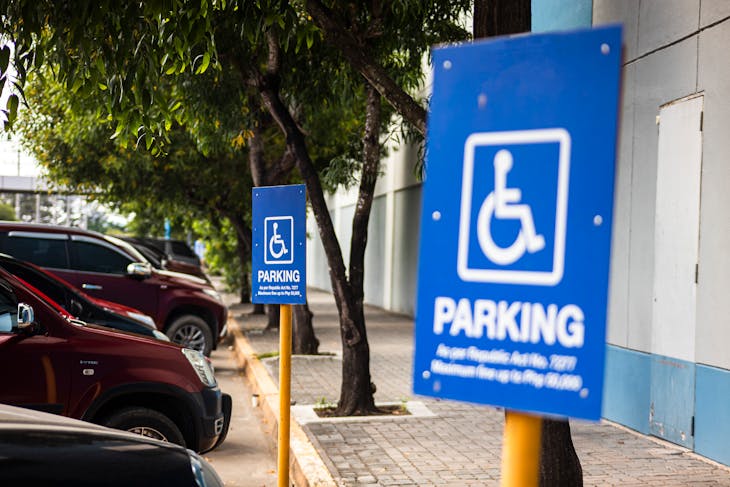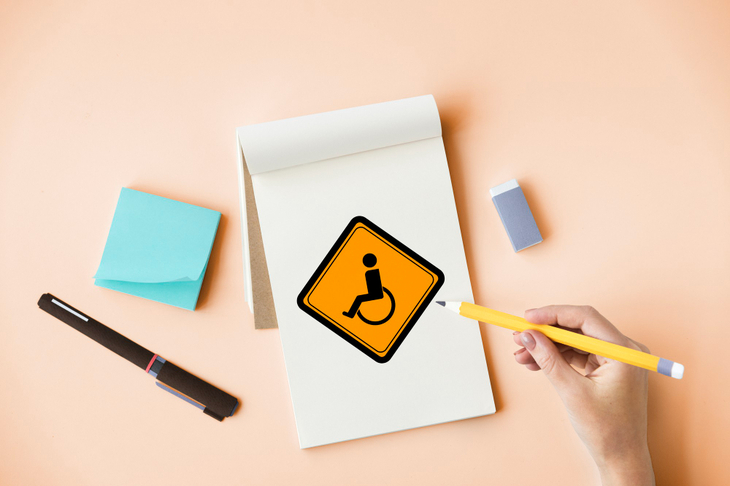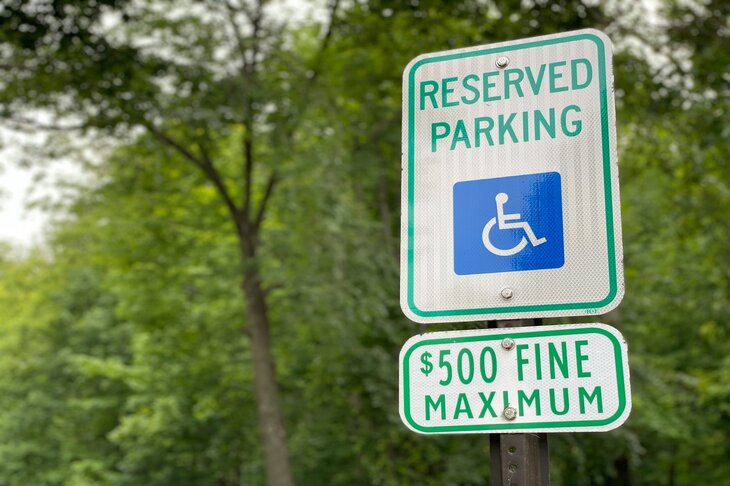Parking in California, particularly in bustling urban areas, can be a challenge. However, having a handicap placard can make the experience significantly easier. It provides access to special parking spaces and waives certain fees. Yet, many people wonder: “Can a car with a handicap placard be towed in California?” To help you know the rules and prevent any surprises, let’s dive into the specifics of when and why this might happen.
The Privileges of a Handicap Placard in California
First, let’s talk about what a handicap placard actually grants you. Having a handicap placard in California allows you to:
- Park in spaces designated for disabled persons.
- Park in metered spaces without paying.
- Park in time-restricted zones for unlimited periods (green curbs).
While these benefits are substantial, they don’t give you carte blanche to park wherever you want. In fact, misusing your handicap placard—or failing to follow California’s specific parking rules—can lead to fines and, in some cases, your car being towed.
Scenarios Where Your Car Can Be Towed Despite a Handicap Placard
Now, let’s get to the heart of the matter. Even if you have a valid handicap placard in California, there are situations where your car can still be towed. Here are some of the most common scenarios:
1. Blocking Access:
One of the quickest ways to have your car towed is by blocking driveways, sidewalks, or loading zones. So, even with a handicap placard, parking in a way that obstructs access for others is a big no-no.
2. Expired Placard:
Your handicap placard must be current. In other words, if it’s expired, it’s essentially useless, and parking in a restricted spot could get your car towed.
3. Misuse of Placard:
Using someone else’s placard or a counterfeit one is illegal and risky. Therefore, authorities are vigilant about this misuse, and if caught, you could face serious consequences, including your car being towed.
4. Parking in No-Parking Zones:
Handicap placards don’t give you the right to park in fire lanes, bus zones, or any other no-parking areas. Doing so will likely result in your car being towed.
5. Private Property Regulations:
When you park on private property, like at a shopping mall or apartment complex, different rules apply. For instance, property owners or managers can tow your car if you violate their parking rules, even with a valid handicap placard.
Common Pitfalls That Lead to Towing in California
Some drivers assume that a handicap placard is a free pass to park wherever they want. For that reason, this misunderstanding often leads to costly mistakes. Here are some common pitfalls that could land your car in a tow yard:
Ignoring Time Limits:
While your handicap placard might allow you to park longer in certain areas, it doesn’t mean you can park there indefinitely. Always check for specific rules about maximum parking times.
Parking in Residential Zones:
In some neighborhoods, parking is restricted to residents or those with special permits. Likewise, a handicap placard won’t exempt you from these rules, and parking here could result in towing.
Occupying Reserved Spots:
Some parking spots are reserved for specific purposes, like electric vehicle charging or ride-share pickups. So even with a handicap placard, parking in these spots could lead to your car being towed.

How to Protect Your Car from Being Towed in California
To keep your car safe and avoid the hassle of getting it out of a tow yard, you need to stay informed and follow the rules. Here are some proactive steps you can take:
1. Read the Signs:
Before you park, always read the signs carefully. Don’t assume that your placard gives you the freedom to park wherever you like. Also, pay attention to any restrictions that might apply.
2. Renew Your Placard on Time:
An expired placard is not going to protect you. So, make a note of your placard’s expiration date and renew it well in advance.
3. Understand Private Property Rules:
If you’re parking on private property, take the time to understand the specific rules that apply. After all, property owners often have their own regulations, and violating them can result in your car being towed.
4. Avoid Blocking Access:
Be mindful of how and where you park. Always ensure you’re not blocking any driveways, ramps, or other access points because even a slight obstruction could lead to your car being towed.
5. Use Your Own Placard:
It’s crucial to use only your own valid handicap placard. Never borrow someone else’s, even with their permission. Naturally, this can lead to your car being towed and potentially legal action against you.
Steps to Take If Your Car Is Towed
Despite your best efforts, there may be times when your car still gets towed in California, even with a handicap placard. If that happens, don’t worry—there are steps you can take to get it back:
1. Contact the Towing Company:
The first thing to do is to get in touch with the towing company. They can provide information on where your car is and what you need to do to retrieve it.
2. Gather Required Documents:
Generally, you’ll need your driver’s license, proof of insurance, and vehicle registration to get your car back. If your car was towed due to a placard issue, bring that along as well.
3. Pay the Fees:
Towing and storage fees can add up quickly. The sooner you retrieve your car, the less you’ll have to pay. So, make sure you have the necessary funds to cover these costs.
4. File an Appeal If Necessary:
If you believe your car was wrongfully towed, you have the right to appeal. Gather any evidence that supports your claim, such as photos or documents, and present them to the appropriate authorities.
Can a Car With a Handicap Placard Be Towed in California?: Key Takeaways
In the end, while a handicap placard provides valuable parking privileges in California, it doesn’t grant you immunity from all parking rules. By staying informed and following the guidelines, you can avoid the hassle and expense of having your car towed.
Remember to always renew your placard on time, respect parking restrictions, and be mindful of where you park. With a little attention to detail, you can enjoy the benefits of your handicap placard without any unwelcome surprises.
So, the next time you park with your California handicap placard, keep these tips in mind. By doing so, you’ll avoid unnecessary headaches and keep your vehicle exactly where it belongs—safely parked and ready to go when you are. Safe parking!
Featured image by Christoph Partsch from Pixabay





